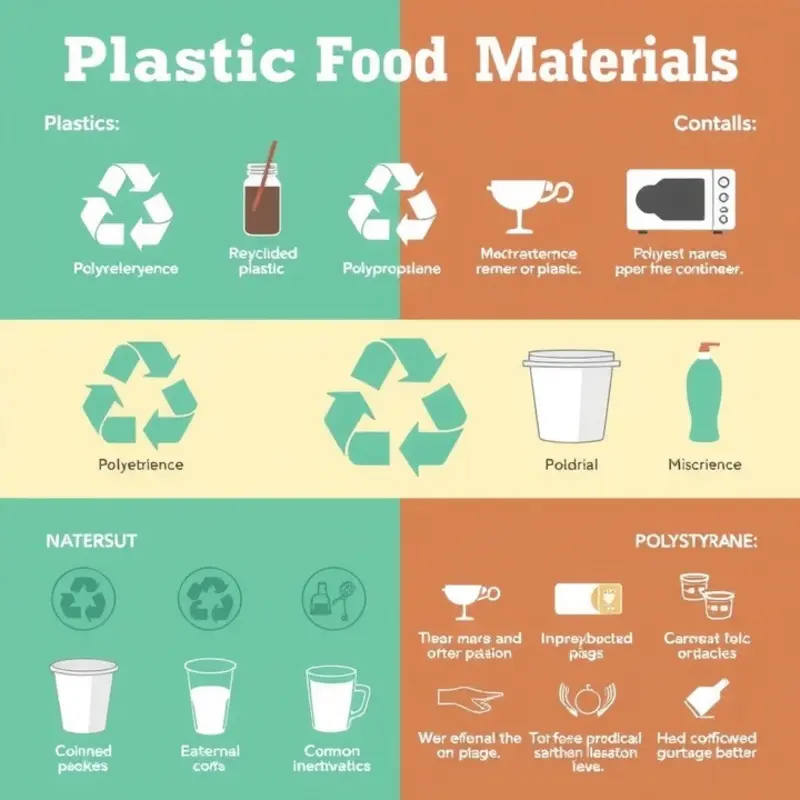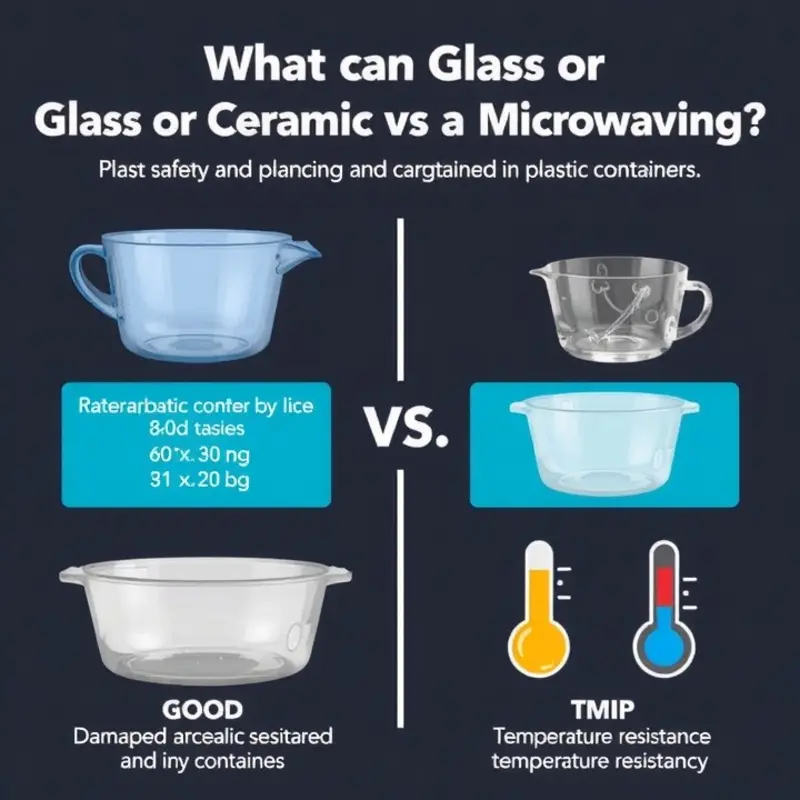Concerns about microwave safety and potential toxin release from plastic containers are widespread. With the convenience of microwaves, many people wonder whether heating food in plastic is safe or if it poses health risks. The underlying question revolves around the substances used in plastic materials and how they interact with heat. By understanding the types of plastics and best practices for microwave use, consumers can make informed decisions about their food safety.
Understanding Plastic Types and Their Safety

In the realm of food storage, plastics play an indispensable role, yet not all plastics offer the same safety when heated, particularly in microwaves. To better understand this, it’s essential to examine the most common types of plastics used in food containers: Polyethylene (PE), Polypropylene (PP), Polyvinyl Chloride (PVC), Polystyrene (PS), and Polycarbonate (PC).
Polyethylene (PE), including its high-density (HDPE) and low-density (LDPE) variations, is frequently used for milk containers and shopping bags. While PE is generally considered microwave-safe, it’s crucial to avoid heating it to extreme temperatures. Unlike PE, Polypropylene (PP) is more resilient to heat and is often labeled ‘microwave-safe.’ This is why it’s a popular choice for microwaveable take-out containers and yogurt tubs.
Polyvinyl Chloride (PVC) is known for its versatility, used in a wide range of products from shrink wraps to bottles. However, using PVC in the microwave may lead to the release of harmful chemical additives, such as phthalates, which can leach into food. Therefore, it’s advised to avoid microwaving PVC containers.
Polystyrene (PS), used in foam food containers and plastic cutlery, also poses risks when microwaved. The material can break down, releasing styrene, a possible carcinogen. It’s best to transfer food from a polystyrene container to a microwave-safe dish before heating.
Polycarbonate (PC) often makes headlines because of its association with bisphenol A (BPA), a chemical linked to various health concerns. Products made from polycarbonate should generally not be used in microwaves unless explicitly labeled as ‘microwave-safe.’ Fortunately, an increasing number of manufacturers are phasing out BPA from their products.
When determining the safety of a plastic container, look for recycling symbols and labels on the product. The presence of labels like ‘microwave-safe’ indicates that the product has been subjected to specific testing to ensure it doesn’t release harmful chemicals when exposed to microwave heat. Symbols are generally found at the bottom of the containers and usually align with the American Society for Testing and Materials (ASTM) classifications.
While some consumers might neglect these labels in favor of convenience, understanding what you’re exposing your food to is vital for health and safety. Considering the ongoing development of more stringent safety protocols and alternative materials, staying informed is critical. For further guidance on safe food practices, exploring resources such as this eco-smart kitchen storage guide can help prioritize safe and sustainable habits.
The Truth About Microwave-Safe Plastics

The term ‘microwave-safe’ implies a certain level of confidence in using specific plastics for heating food. However, it is crucial to understand that not all plastics bearing this label are equally safe. The designation generally means that a container can resist heat without melting. It does not fully guarantee that the plastic won’t release toxins when microwaved.
One of the primary concerns with microwaving plastics is the potential for chemical leaching. Bisphenol A (BPA) is a compound commonly found in polycarbonate plastics and epoxy resins. Research has demonstrated that BPA can seep into food or beverages from containers, especially when exposed to high temperatures. Such exposure is linked to various health issues ranging from hormonal disruptions to potential cancer risks. In response, a significant shift has occurred within the industry to develop BPA-free alternatives.
To navigate the world of microwave-safe plastics more safely, you should inspect containers for specific labels, such as BPA-free indicators. This labeling provides a preliminary assurance that BPA is not a component of the plastic used. Another practical approach is to conduct a basic test. When you microwave any new container, check for signs of deformation. If a container retains its shape, it is likely built to endure microwave conditions. Conversely, if it warps or melts, it may pose a safety risk.
Even when a container is marked microwave-safe, frequent use can degrade its quality. Over time, plastics can become scratched or discolored. These physical changes often indicate that the material may more readily leach chemicals into your food. It’s advisable to replace any plastic containers that show such wear.
While plastic containers offer convenience, transitioning to glass or ceramic dishes for microwave use is the safest bet. These materials do not contain harmful chemicals that could potentially seep into food, ensuring peace of mind alongside practicality. For those keen on minimizing chemical exposure, considering sustainable kitchen practices can integrate well with healthier lifestyle choices. You can explore tips on eco-smart kitchen storage here.
Ultimately, staying informed and cautious about the materials that come into contact with your food—especially in the microwave—is key. This proactive approach not only fosters a safer culinary environment but also supports broader health and wellbeing.
Final words
The concerns surrounding microwaving plastic containers revolve around potential chemical leaching under high heat. Though not all plastics release toxins, understanding the types of materials used in your food containers is essential for safe usage. Always opt for microwave-safe labels and consider alternatives like glass or ceramic to ensure your meals are free from harmful substances. Informed choices can significantly reduce health risks and enhance your cooking experience, allowing you to enjoy the convenience of microwave cooking with peace of mind.








